When you look at the pristine and still turquoise waters of Lake Michigan, it's hard to imagine it has endured changes that took place over a period of 15,000 years since its formation. Recently, the enigmatic lake revealed yet another bizarre secret that stumped researchers, who found “40 giant craters” beneath its depths. However, they haven't been able to completely solve the lake's mystery yet, reported Live Science.

These craters were first spotted by researchers in 2022 using sonar, but they thought that these were just “strange circles.” They were mapping the lakebed inside the Wisconsin Shipwreck Coast National Marine Sanctuary, a protected area of Lake Michigan that contains 36 known shipwrecks. Russ Green, a maritime archaeologist and researcher involved in this mapping project, told Live Science, that these unusual circles looked more natural than human-made. These depressions ranged from 91 meters (300 feet) to 183 meters (600 feet) across.
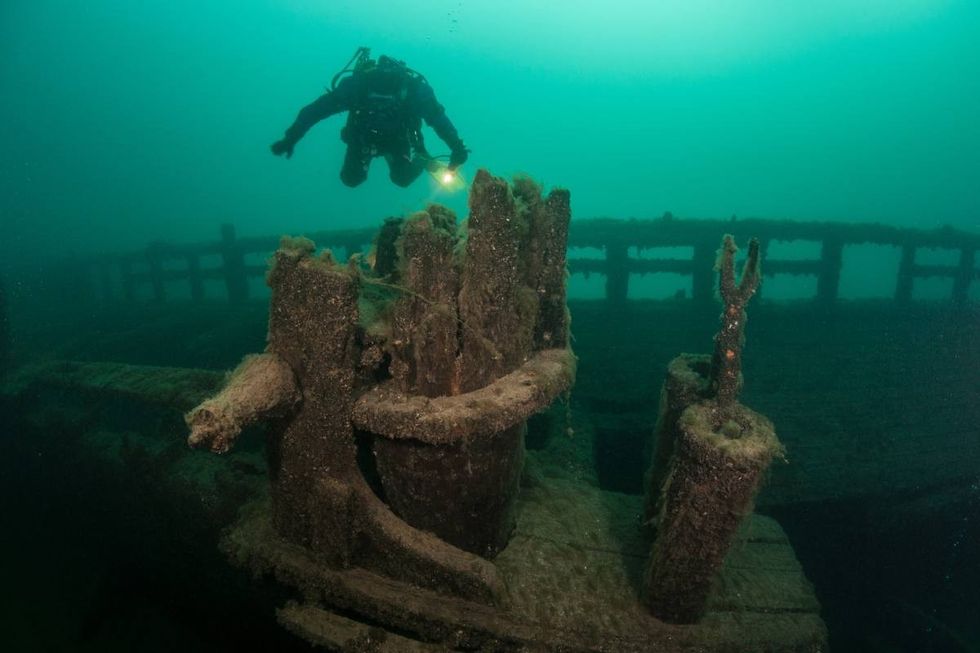
While the mapping was being conducted, a shipwreck hunter named Brendon Baillod spotted the same circular formations at the bottom of the lake. "There were dozens of them in our search grid," Brendon told Live Science. "Most were 500 to 1,000 feet [152 to 309 meters] in diameter and of irregular shapes." Eventually, Green and Brendon joined hands and contacted scientists at the National Oceanic and Atmospheric Administration's (NOAA) Great Lakes Environmental Research Laboratory (GLERL) to investigate these further.
In 2024, after an elaborate investigation was carried out in a joint expedition using a remotely operated vehicle, the team confirmed that these circles are “naturally occurring craters.” Steve Ruberg, a researcher at GLERL, told the Milwaukee Journal Sentinel, that, till now they have discovered 40 craters like these, but more are likely to be found. “The craters were like "perfect, little circles" on the lakebed about 14 miles southeast of Sheboygan, Wisconsin,” Ruberg said.
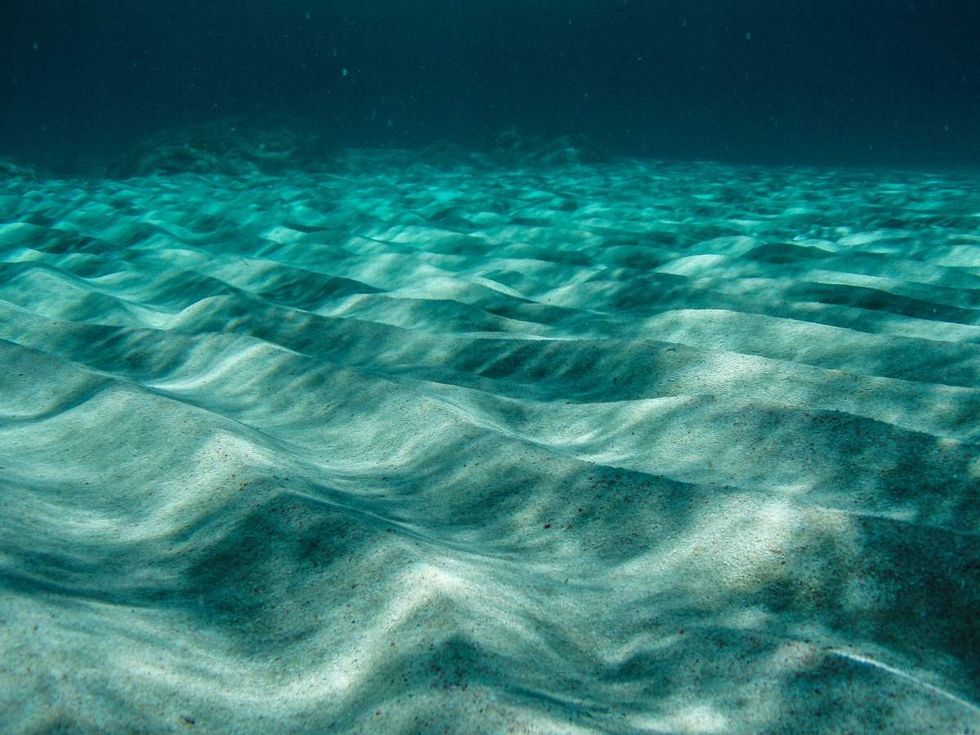
Like Lake Huron’s episode, where similar depressions were declared as “sinkholes,” the circles uncovered on Lake Michigan’s floor are likely to be sinkholes too. According to the US Geological Survey, sinkholes are regions where the types of rock below the land's surface can naturally be dissolved by groundwater circulating through them. Soluble rocks include salt beds and domes, gypsum, limestone, and other carbonate rocks. “Lake Michigan partly sits on limestone, which is prone to dissolution, so it's likely that the craters on the lakebed are also sinkholes,” Ruberg said.
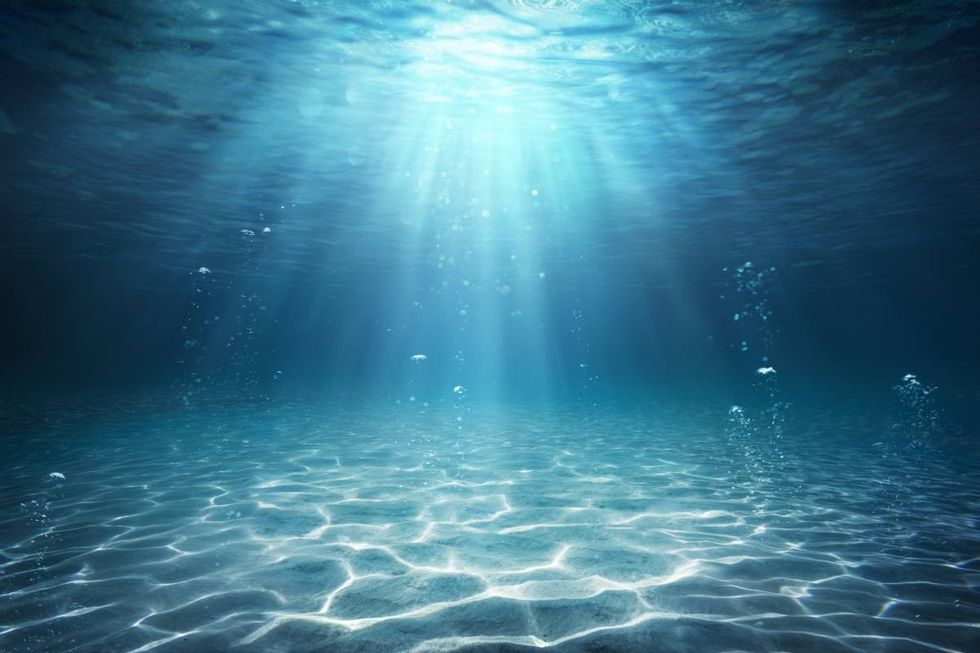
Others are still scratching their heads wondering what these mysterious craters are and how they were formed in the first place. “There’s now a geological question in mind. How did they form? Why are they there, specifically in the bedrock?” Wisconsin Maritime Museum Director Kevin Cullen told TMJ4 News. “We’re all scratching our heads wondering, what could these things be?” Cullen also pondered the possibility that these holes could be connected to the underwater gorges formed by glaciers centuries ago.
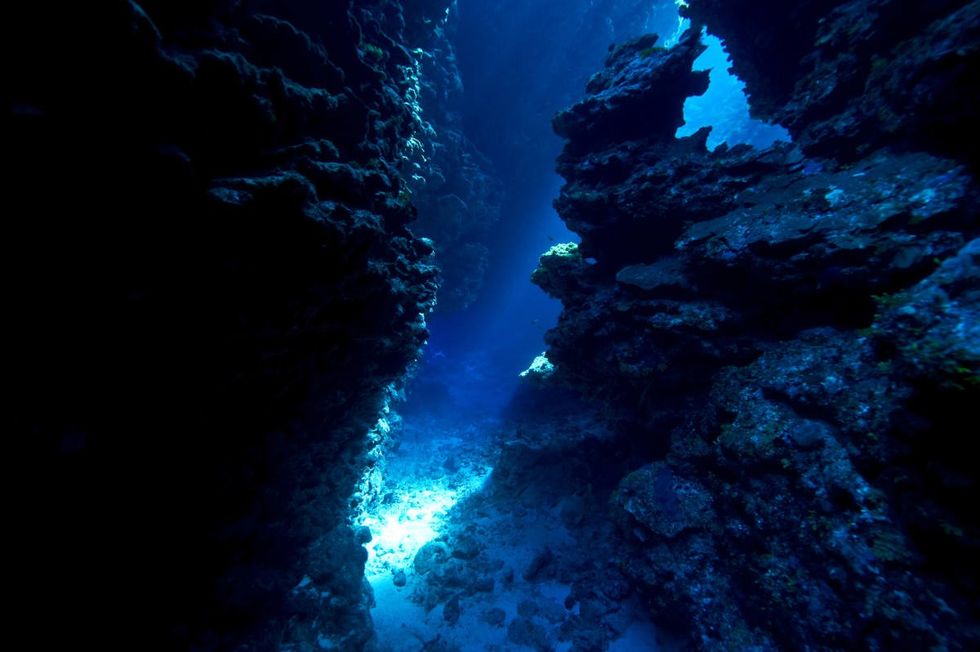
However, Brendon is reluctant to call these circles sinkholes or gorges. "I think they might be more accurately called craters, which have formed in the deep bottom sediment due either to water upwelling from below or trapped hydrocarbon off-gassing," he told Live Science. Ruberg added that he expects researchers to examine the craters using high-quality images and videos.
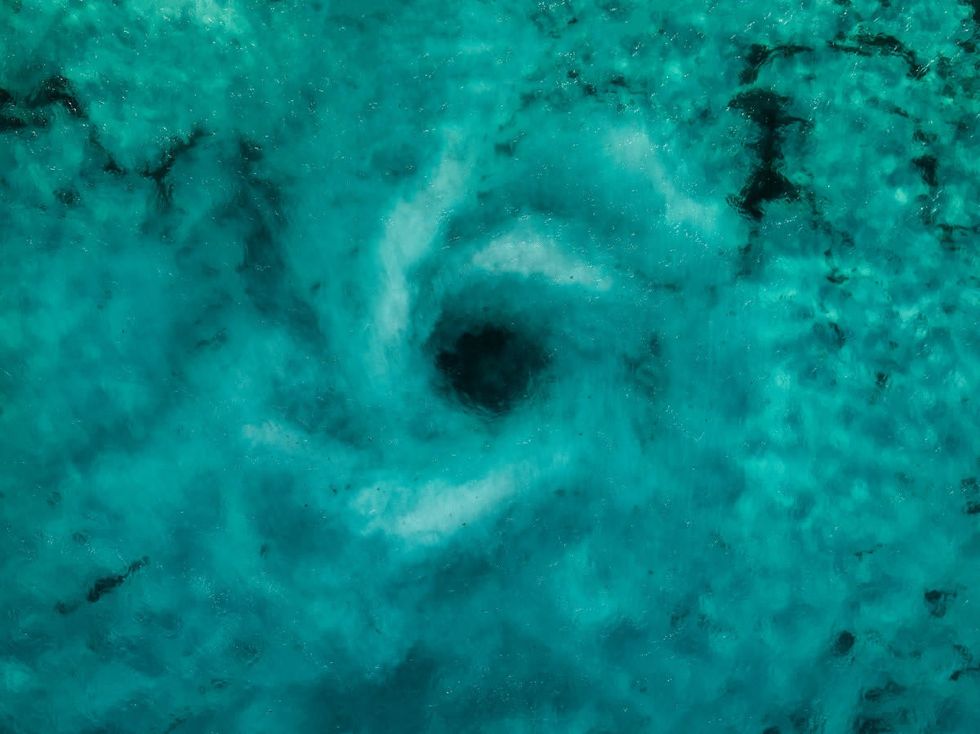
According to Ruberg, “freshwater shrimp, small fish, and invasive quagga mussels "doing their thing in the dark down there.” This could provide another clue to what these mysterious formations are and what kind of environments they host. Researchers, however, are planning to investigate these further, to unravel the entire backstory. "We'll be exploring them for years to come to learn more, and sort out how they got there and what role they play in Lake Michigan's ecosystem."


















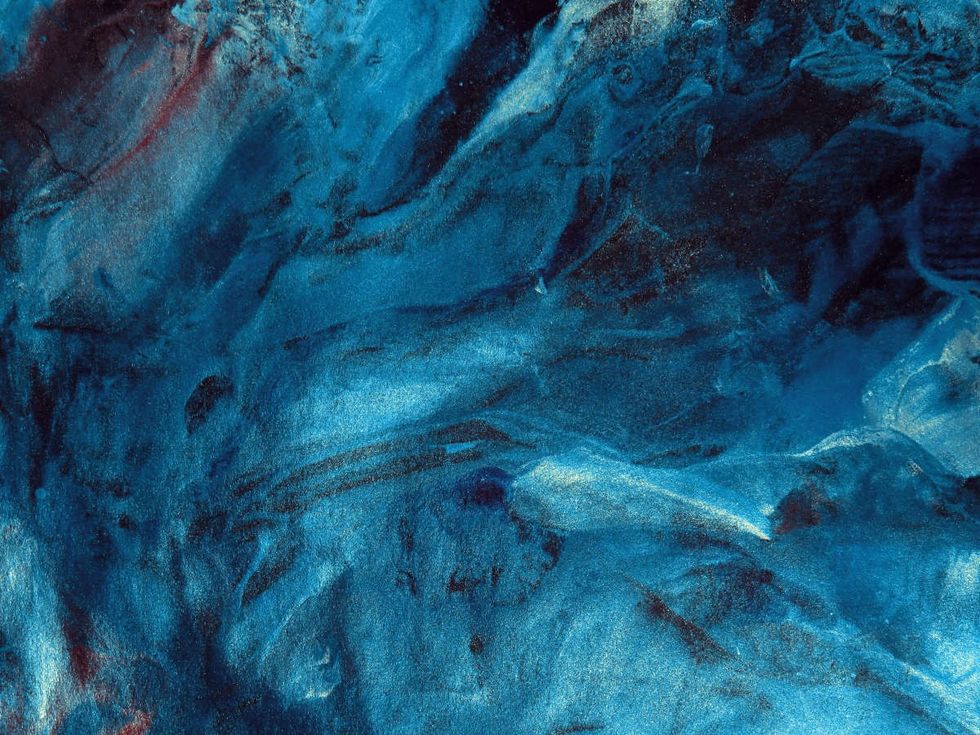 Representative Image Source: Pexels | Anni Roenkae
Representative Image Source: Pexels | Anni Roenkae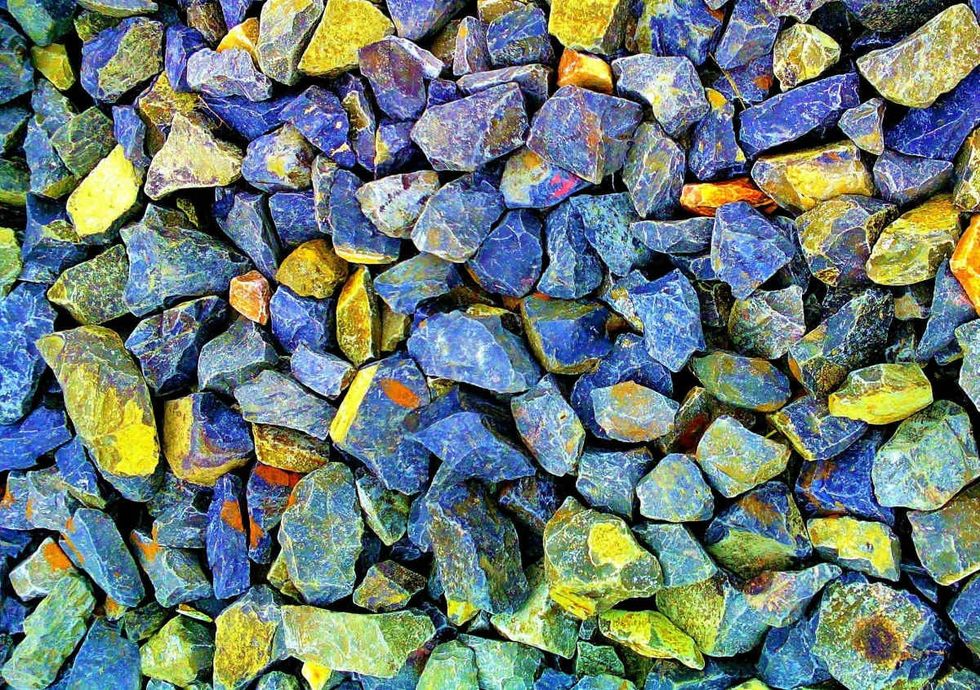 Representative Image Source: Pexels | Its MSVR
Representative Image Source: Pexels | Its MSVR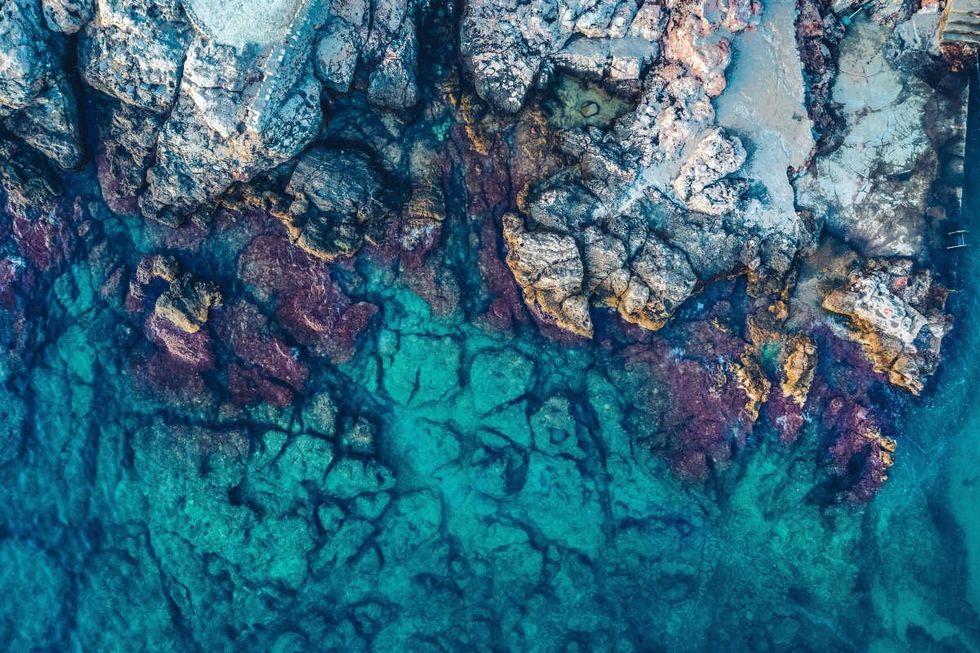 Representative Image Source: Pexels | Lucian Photography
Representative Image Source: Pexels | Lucian Photography

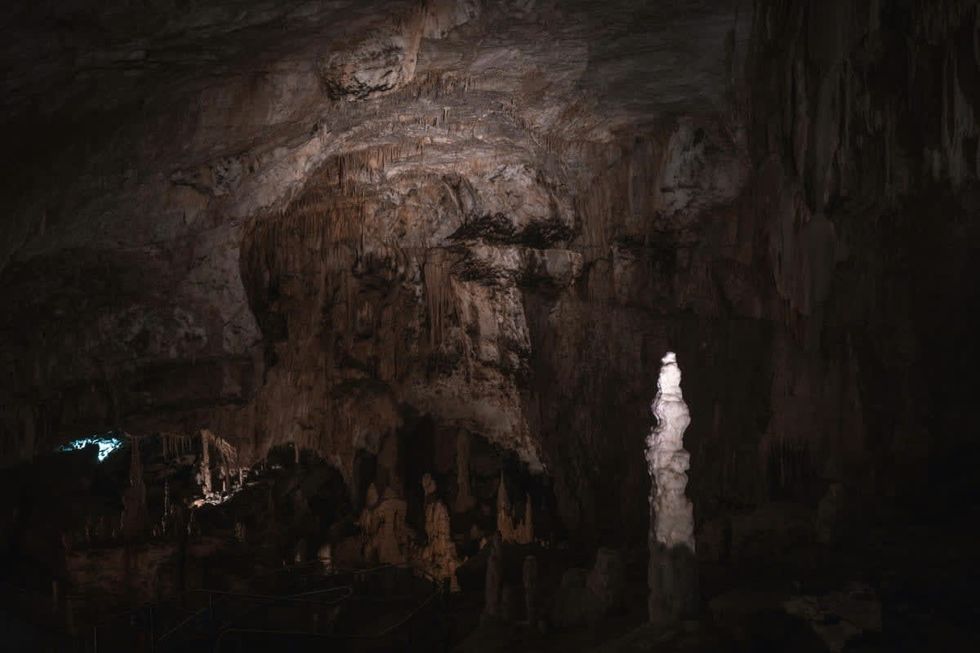 Representative Image Source: Pexels | francesco ungaro
Representative Image Source: Pexels | francesco ungaro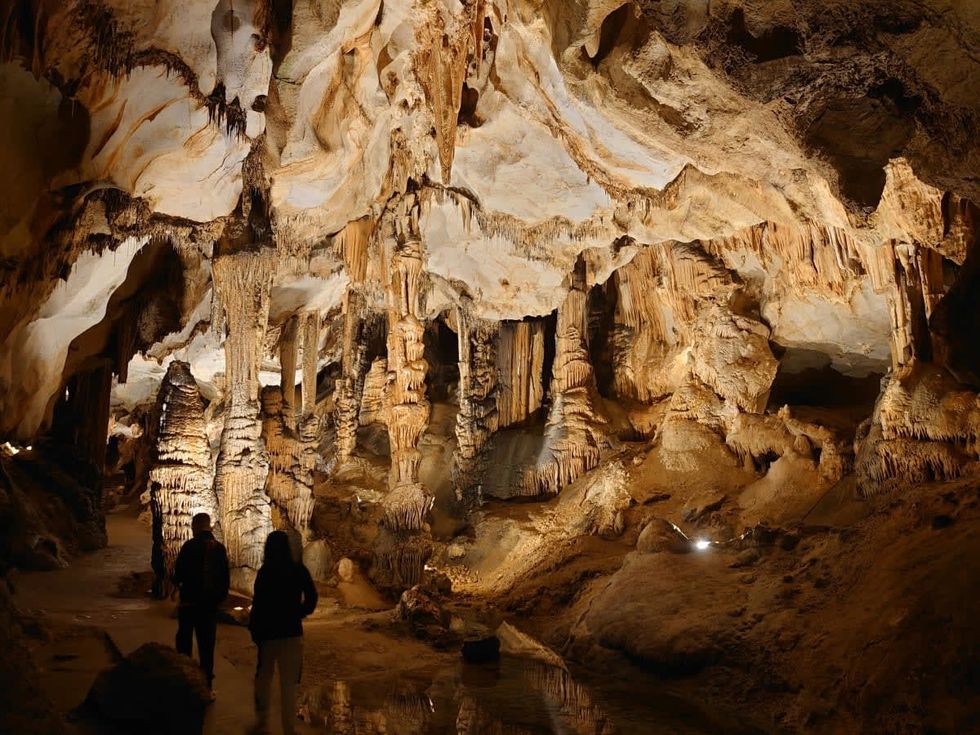 Representative Image Source: Pexels | parfait fongang
Representative Image Source: Pexels | parfait fongang Image Source: YouTube |
Image Source: YouTube |  Image Source: YouTube |
Image Source: YouTube |  Image Source: YouTube |
Image Source: YouTube | 
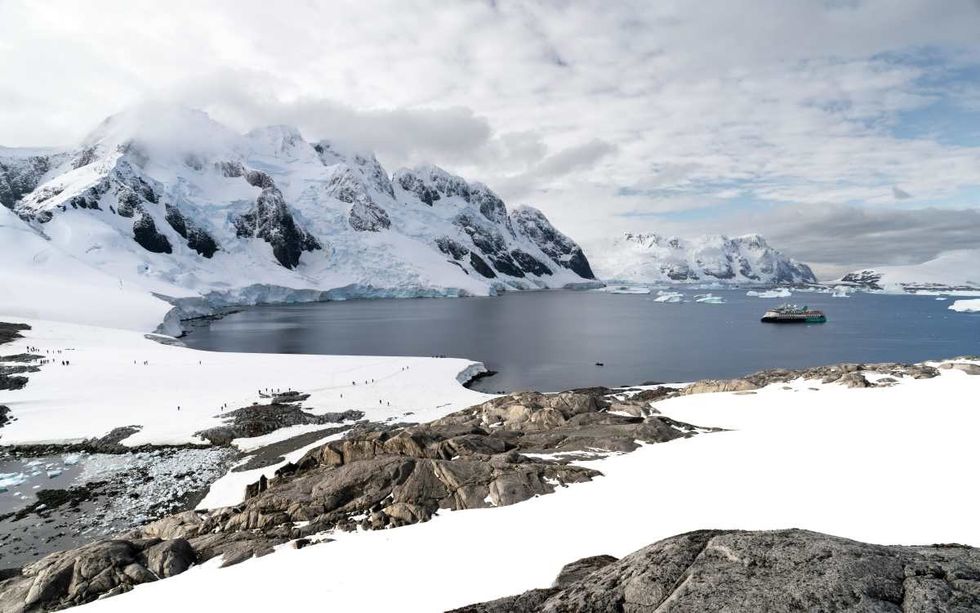 Representative Image Source: Pexels | Hugo Sykes
Representative Image Source: Pexels | Hugo Sykes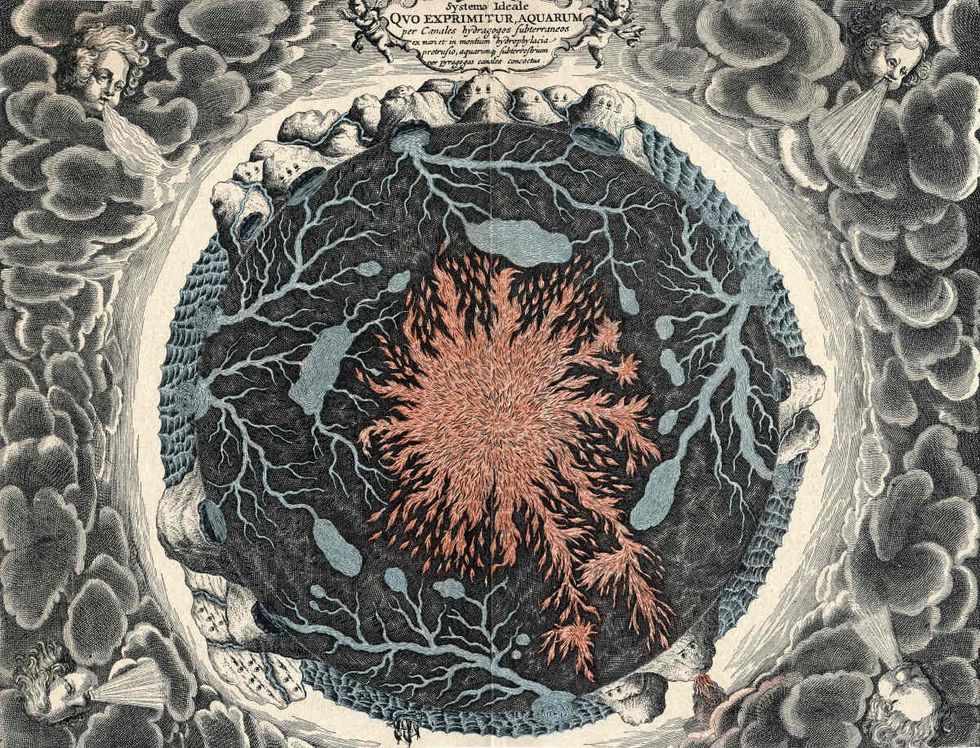 Representative Image Source: Sectional view of the Earth, showing central fire and underground canals linked to oceans, 1665. From Mundus Subterraneous by Athanasius Kircher. (Photo by Oxford Science Archive/Print Collector/Getty Images)
Representative Image Source: Sectional view of the Earth, showing central fire and underground canals linked to oceans, 1665. From Mundus Subterraneous by Athanasius Kircher. (Photo by Oxford Science Archive/Print Collector/Getty Images)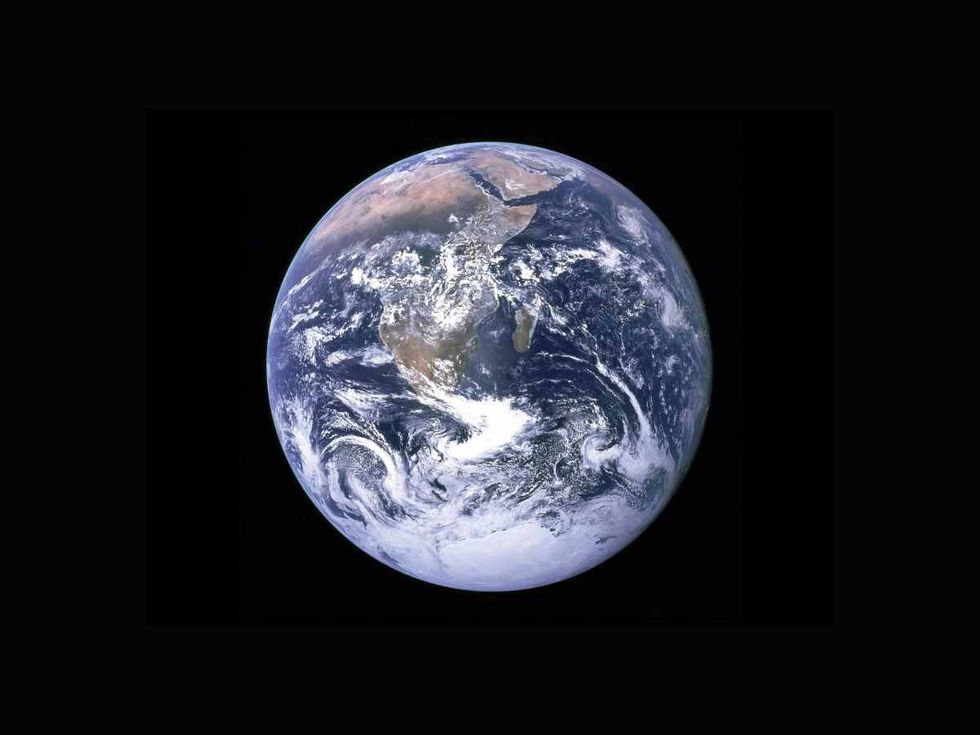 Representative Image Source: Pexels | NASA
Representative Image Source: Pexels | NASA

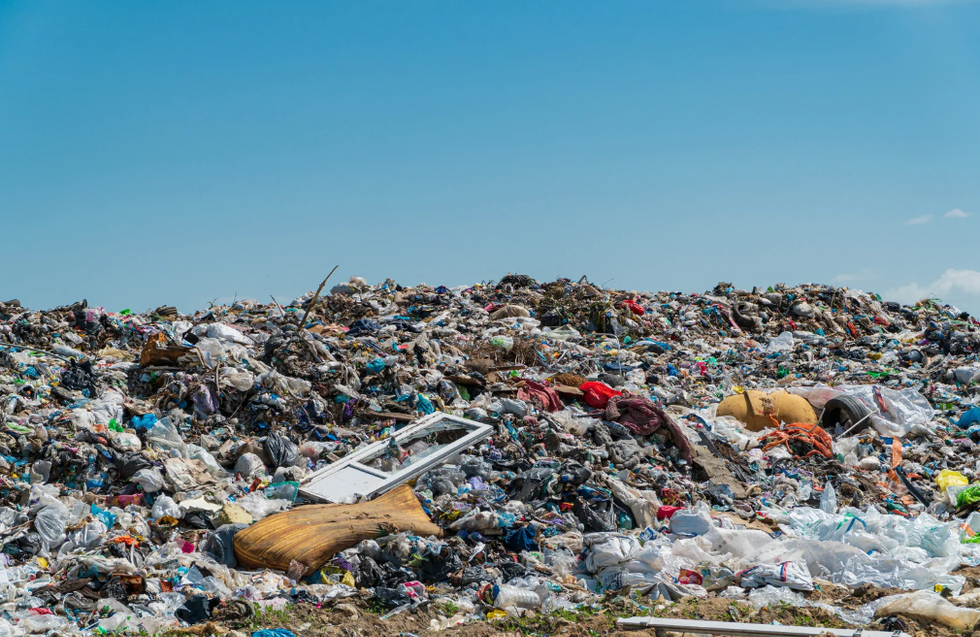


 Representative Image Source: Pexels | Steve Johnson
Representative Image Source: Pexels | Steve Johnson Representative Image Source: Pexels | RDNE Stock Project
Representative Image Source: Pexels | RDNE Stock Project Representative Image Source: Pexels | Mali Maeder
Representative Image Source: Pexels | Mali Maeder
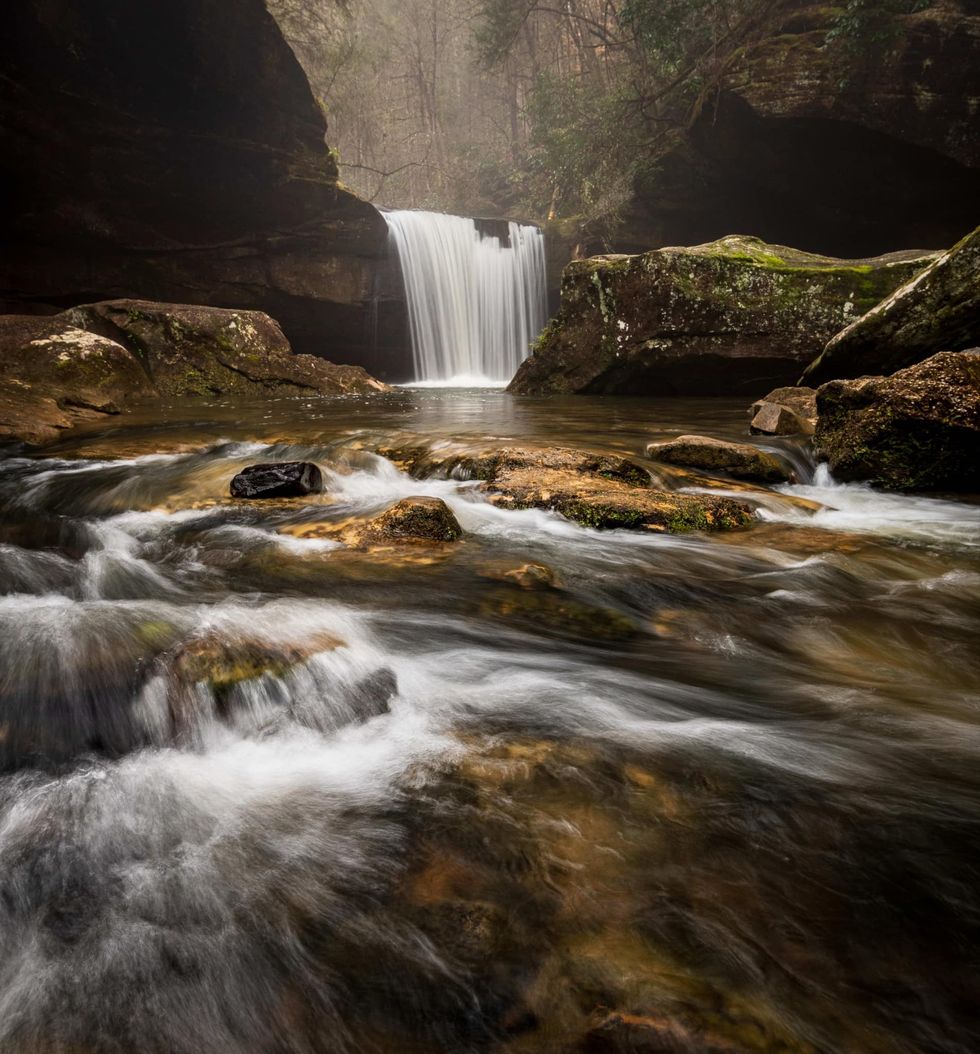 Photo: Craig Mack
Photo: Craig Mack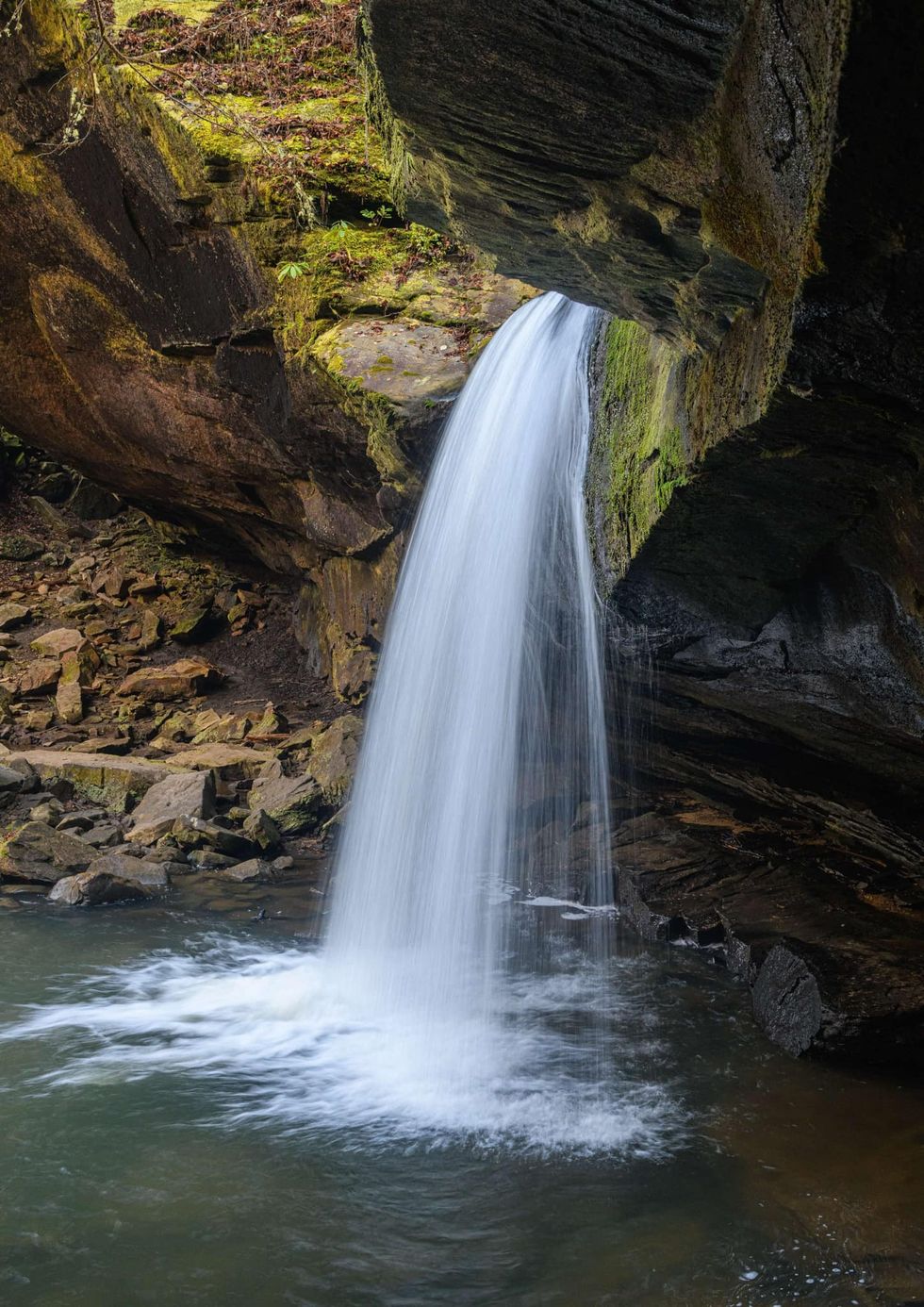 Photo: Craig Mack
Photo: Craig Mack